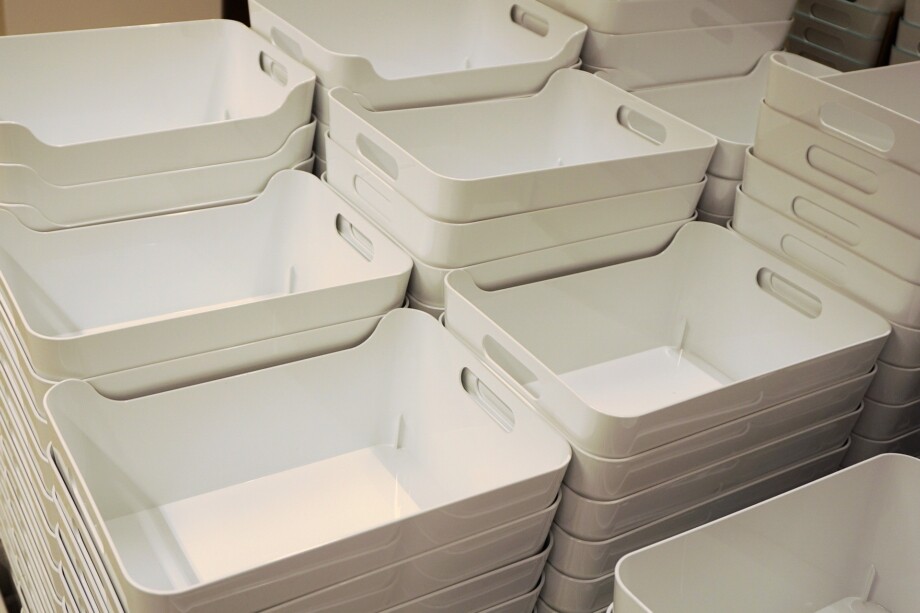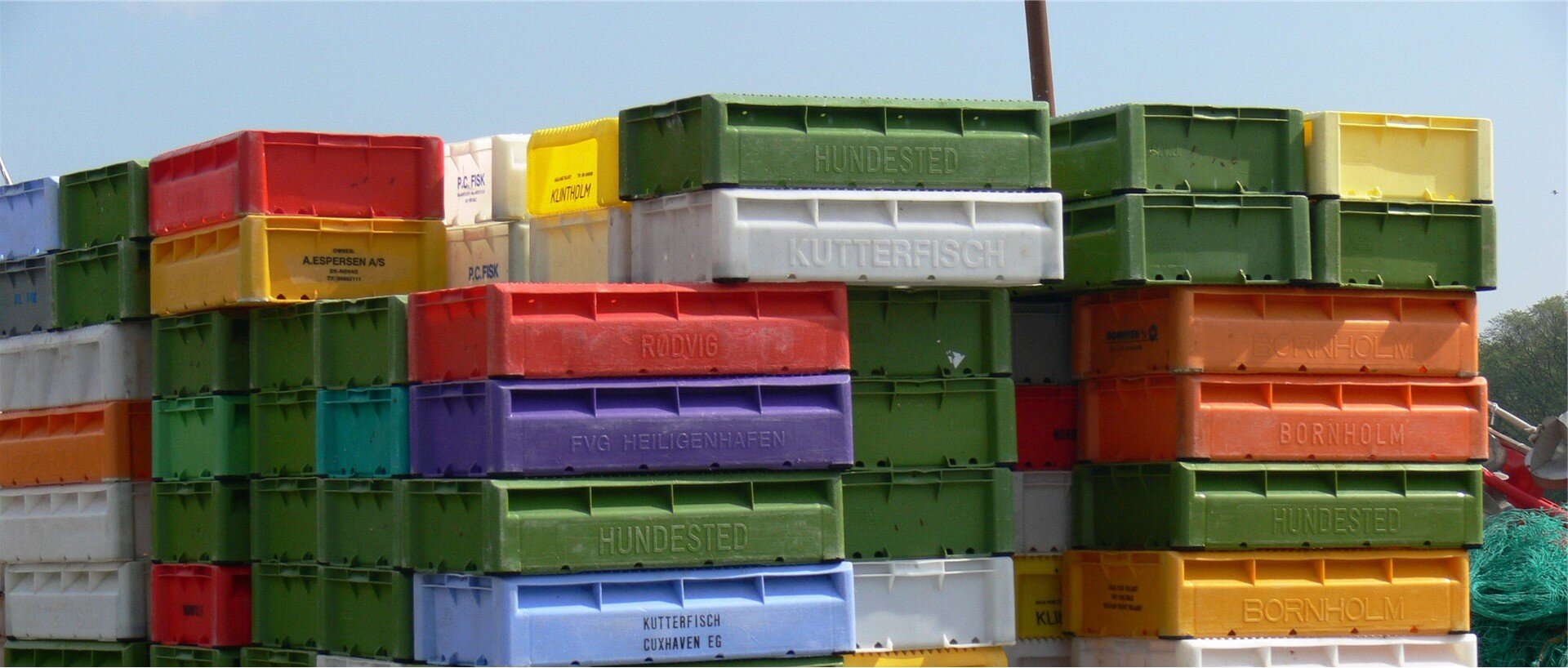Thermoforming
DESIGNING PERFECTION
A Reliable Source For Thermoforming Design
Call me if you’re looking for a company that provides thermoforming design. Vacuum forming, aka thermoforming, is a great way to get inexpensive tooling and quick prototypes to test concepts and ideas. I worked across all plastic processes and created numerous thermoformed product designs.
We Specialize in Design, Engineering, Strategy, & Development
Norris Designs offer high-quality, personalized thermoforming and vacuum-forming services from custom packaging, housings, panels, trays, and more. We leverage innovative technology, experienced engineers, and unparalleled guidance to help you always identify the right manufacturing solution to satisfy your project needs.
We can create molds from simple prototypes to total production runs—our experienced team power through complex tooling issues and know how to deliver high-quality results faster. We’ve also built a solid reputation in ensuring your tooling is built to last, so you can keep using it for years and years.
Thermoforming design services include:
- Vacuum Formed Part Design & Consulting
- Solid Modeling & Design for Thermoforming
- FEA Analysis
- 3D Scale Models
- Product Design & Development
- Project Management
- Tooling Design, Acquisition, and Project Coordination with the Thermoformer Specialist
Stages of thermoforming
As with any process, there are several stages of thermoforming. The typical thermoforming process goes through the following steps:
- Design
- Prototyping
- Final tooling
- Production
- Shipping
Equipment used for thermoforming
The thermoforming process requires a few pieces of equipment. The forming process needs either pressure formers or vacuum formers. It also requires a three or four-station Rotary Transformer. The secondary operation of the process needs CNC robotic routers. Usually, the bed for this piece of equipment does not exceed 60″ X 120″. The tooling process requires machine aluminum molds, cast aluminum molds, composite or temporary molds, or male/female molds.
Advantages of thermoforming
Thermoforming holds many advantages that make it a good process over other types of molding. Some of these advantages include:
- The ability to create several finished parts from the same material
- It allows for the detection of possible design and fit issues before it is too late
- It saves time and money
- It is beneficial when using large parts
Benefits of thermoforming
The thermoforming process offers many benefits to both the manufacturer and end user. Some of these benefits include:
- Efficient
- Cost-effective
- Short lead time
- Easy to add details
- Freedom of design
Materials Used in Thermoforming
We specialize in thermoforming plastics for standard and custom sizes at Norris Design, generally using PET plastic. In the industry, though, various plastics are available to address your specific needs, and we have experience with nearly all. We will outline a few we process at high volumes and the other plastics we consistently work with.
PET Plastic
One of the most common thermoformed plastics, PET, or polyethylene terephthalate, is commonly used for thermoformed packaging, synthetic fibers, and bottle production. Once molded into a shape, PET plastic must be dried. Once finalized, products made from PET plastic have significant resistance and barriers to outside elements, like oxygen and water. This plastic is also one of the most recycled types of materials.
PETG Plastic
polyethylene terephthalate, PETG, a glycol-modified, has good clarity, impact strength, and moderate resistance to acids and alkalis. PETG is relatively easy to thermoform and can be heat or RF (radio frequency) sealed without getting cloudy. It is desired for its reputation as a stable, precise, challenging, and ideal choice for auto-denesting in healthcare applications.
Polypropylene
Polypropylene has become one of Plastic Ingenuity’s highest volume plastic resins. PP is translucent in its unpigmented, unfilled state. The clarity results from crystallites that are larger in dimension than the wavelength of light, thereby interfering with light transmission, resulting in “contact transparency.”
There are four general classifications of polypropylene:
- Homopolymer PP – suitable for hot fill and microwave applications
- Impact Copolymer PP – suitable for freezer-microwave applications where clarity is not important
- Random Copolymer PP – suitable for refrigerated applications
- Filled PP – typically filled with calcium carbonate or talc, which improves stiffness
HIPS Plastic
HIPS plastic, or high-impact polystyrene, can be used for foamed or rigid plastic. This plastic’s apparent and brittle composure makes it an ideal plastic for protective packaging for food and drink items, like clamshell containers and trays. This plastic is typically easy to form and an economical option.
Norris Design – Alta Loma, CA 91701




